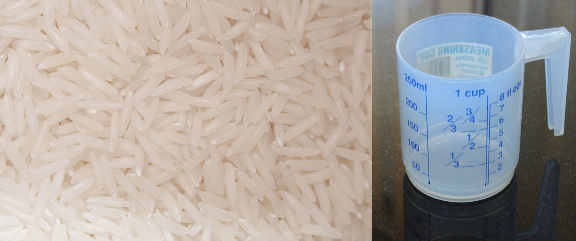Why, when we round n+sqrt(n), do we never get a square?
Posted by: Gary Ernest Davis on: November 28, 2010
Jim Tanton (@jamestanton) Tweeted recently that for a positive integer , rounded to the nearest integer, is never the square of an integer.
This certainly seems to be borne out by a few calculations (carried out in Excel, using the built-in “round’ function):
| n | n+sqrt(n) | round(n+sqrt(n)) |
| 1 | 2 | 2 |
| 2 | 3.414213562 | 3 |
| 3 | 4.732050808 | 5 |
| 4 | 6 | 6 |
| 5 | 7.236067977 | 7 |
| 6 | 8.449489743 | 8 |
| 7 | 9.645751311 | 10 |
| 8 | 10.82842712 | 11 |
| 9 | 12 | 12 |
| 10 | 13.16227766 | 13 |
| 11 | 14.31662479 | 14 |
| 12 | 15.46410162 | 15 |
| 13 | 16.60555128 | 17 |
| 14 | 17.74165739 | 18 |
| 15 | 18.87298335 | 19 |
| 16 | 20 | 20 |
| 17 | 21.12310563 | 21 |
| 18 | 22.24264069 | 22 |
| 19 | 23.35889894 | 23 |
| 20 | 24.47213595 | 24 |
| 21 | 25.58257569 | 26 |
| 22 | 26.69041576 | 27 |
| 23 | 27.79583152 | 28 |
| 24 | 28.89897949 | 29 |
| 25 | 30 | 30 |
| 26 | 31.09901951 | 31 |
| 27 | 32.19615242 | 32 |
| 28 | 33.29150262 | 33 |
| 29 | 34.38516481 | 34 |
| 30 | 35.47722558 | 35 |
| 31 | 36.56776436 | 37 |
| 32 | 37.65685425 | 38 |
| 33 | 38.74456265 | 39 |
We see that the square numbers 4, 9, 16, 25 and 36 are indeed missing from this table.
Why should this be so?
I am going to use an argument due to David Ratcliffe (@daveinstpaul)Â that splits into two different cases and uses an argument by contradiction, which is part of a series of techniques that mathematicians use that go by the general name of “counterfactuals”.
Terry Tao has written extensively about these sort of arguments, The general idea is that we set up a world that we believe cannot exist – sort of like in science fiction, but math fiction. Then we carefully examine this world for consequences and see if something truly unacceptable occurs. If it does, we conclude that no such world can exist.
The world we set up is one in which, contrary to our empirical observations, there is an instance of a positive integer for which rounding
to the nearest integer gives us a square number, which we will name
.
What does rounding to get
mean, in a way that allows us to think about consequences?
It means that .
How can we use this imaginary scenario to draw conclusions, hopefully very strange ones?
Let’s think about the following two mutually exclusive cases, at least one of which must hold good:
.
In this case imagine, counterfactually, that .
Then .
This contradictory state of affairs means that, in this case, we have .
Then
2. .
In this case, because is an integer, we have
.
In this case, imagine, again counterfactually, that .
Then , contrary to
.
Again, this contradictory state of affairs means that, in this case, we have .
Then .
In either case, does not lie between
as we assumed counterfactually.
This contradictory state of affairs means that, contrary to what we asserted in our counterfactual world, we can never round to obtain the square of an integer.
How much rice and how much water?
Posted by: Gary Ernest Davis on: November 28, 2010
My wife, Linda, and I bought some Jansal Vallley Farm jasmine rice from Sid Wainer & Sons. It’s fine rice, and like most fine foods from Sid Wainer & Sons, not cheap.
The instructions on the rice packet say add cups of water to every cup of rice.
Linda found that this was too much rice, and wanted to reduce the amount.
She came to with the fraction problem: if I only want of a cup of rice, how much water do I need?
I relied: “1 cup.”
She wanted to know how I figured that.
I pointed out that a helpful way to think about the ratio of water to rice is 3 lots – whatever a “lot” is – of water to 2 lots of rice.
So, of a cup of rice is 2 lots of
of a cup of rice, so we will need 3 lots of
of a cup of water – that is, 1 cup of water.
“OK”, she said, “but say I want of a cup of rice. That might be enough for me. How much water do I need then?”
“Half a cup” I replied.
“Wait”, she said:”How did you get that?”
Because it’s 3 lots of water for every 2 lots of rice, ask yourself what of a cup is 2 lots of. Answer:
of a cup. So we need 3 lots of
of a cup of water – that is
a cup of water.
For more on thinking about fractions see here and also here.


